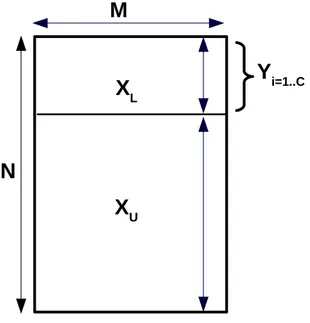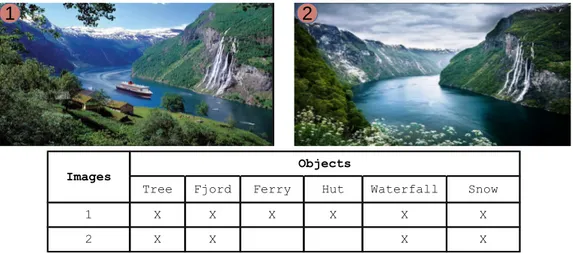Semi-supervised multi-label feature sélection
Texte intégral
Figure




Documents relatifs
From top to bottom: initial labels, segmentation results with a gradient-based potential function [12], segmentation results with a color and region-based potential function
The supervised classifier must automatically find the most discriminating feature set for any set of images and any number of classes because the users are not specialists in
Figure 2 and Figure 3 further show that semi- supervised training using label propagation on transformed representations (‘h1’ and ‘h2’) per- forms better than the ‘Baseline’
In practice, popular SSL methods as Standard Laplacian (SL), Normalized Laplacian (NL) or Page Rank (PR), exploit those operators defined on graphs to spread the labels and, from
Focusing on these two settings, we introduce a new algorithm that leverages the manifold structure of the labeled and unlabeled data distribution to predict pseudo-labels,
• We provide supervised and semi-supervised estimation procedures, which are optimal or optimal up to an extra logarithmic factor. Importantly, our results show that
In this work, we employ a transductive label propagation method that is based on the manifold assumption to make predictions on the entire dataset and use these predictions to
More specifically, these applications relate to: (a) exposure, as CDRs allow for a precise spatial modelling of both population density and human mobility in cities at a




![Table 4.2 lists mean values of AUC, and thus summarises Figure 4.2. In the second step of this scenario, we use Table 4.2 to conduct statistical tests according to the methodology proposed in [Demˇsar06, Garc´ıa10]](https://thumb-eu.123doks.com/thumbv2/123doknet/2030474.4100/93.892.254.636.921.1066/summarises-scenario-conduct-statistical-according-methodology-proposed-demsar.webp)
